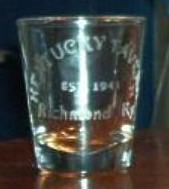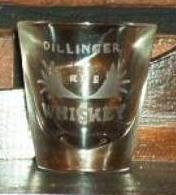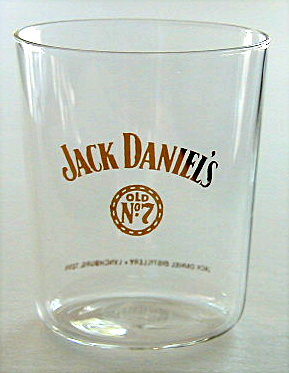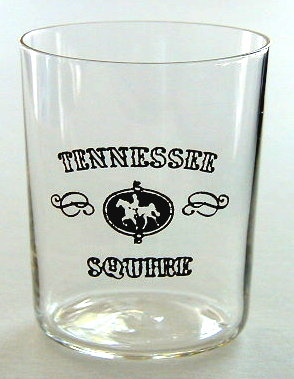|
|

|

|
Bottles and Extras, Vol. 16, Issue 3 (Summer 2005), pp. 22-24
NOTE : many of the photographs below are linked to either a larger version of the same photo or to a corresponding page in the pre-pro.com database. Just click on a photo to see more details, then use your browser's "Back" button to return to the article.
|
|

|

|
|
Caveat emptor: |
While I do have a fascination for all things pre-pro, I'm really a collecting purist in that I have little real passion for accumulating anything other than the etched glasses. But I recently had occasion to investigate Roseville pottery, a highly collectible line manufactured in Zanesville OH from the late 1800's up through the early 1950's. If you've hunted pre-pro shots "in the wild", you've seen Roseville because examples can be found in the showcases of every self-respecting antique store in the US. It's an attractive line that features simple floral designs molded in relief on vases, jugs and bowls. Prices for the more common pieces begin at around $100, while the rarer examples command tens of thousands. High prices combined with strong demand usually fuels growth of a reproduction industry and the Roseville market is predictably
flooded with
fakes. Some of these were made in Japan in the 1930's and hence qualify as antiques in their own right, but China is currently the main source of reproduction Roseville and the quality is so high that it's found its way into even the more high-quality antique malls. eBay is awash with them. Thus, the thought of beginning a serious Roseville collection is about as appealing as jumping into shark-infested waters with a gaping leg wound!
The repro problem obviously is not confined to ceramics and bottle collectors will be all too familiar with the garish cabins purporting to originate from
E. G. Booz, a Philadelphia liquor dealer operating ca. 1840-1870. The sheer number of these bottles currently in circulation would suggest that
Booz' output approached that of the modern-day Jim Beam Distilling Co.! Sadly, the Booz bottles are just the tip of a reproduction iceberg and, even as I write, the
Dog River Glass Works is making brand-new bottles using antique molds and cullet so that the end product is good enough to fool the experts.
These examples made me appreciate that the shot-glass world is a wonderfully bucolic collecting backwater, well isolated from the corruption of big-city, high-dollar collectibles. But as the value of the rarer shot glasses climbs inevitably toward four figures, the threat of someone manufacturing reproductions grows ever more imminent. Indeed, the first unpleasant whiff of something rotten in pre-pro-land is already on the wind. This edition of Random Shots addresses the problem of fake pre-pro shot glasses and considers how collectors might protect themselves from unscrupulous traders.
Until recently, there had been no systematic attempts to foist fake pre-pro glasses on collectors. There are several modern look-alikes that might confuse a neophyte, glasses that were commissioned by the Jack Daniel Distillery Co. in the 1970's. They are smaller and more delicate than the typical pre-pro shot, but the paper-thinness of the glass used in their manufacture is an unmistakable nod to the genuine article. These modern glasses stand around 2" tall and bear inscriptions in black or gold print. Some simply say "Jack Daniel's" with a circled "Old No.7" below
[Figure 1], while others are inscribed with "Tennessee Squire" and a picture of a rider within an oval outline
[Figure 2].
 |
 |
| Figure 1 | Figure 2 |